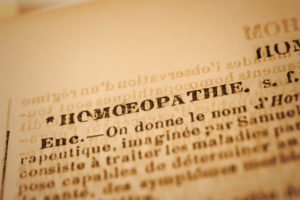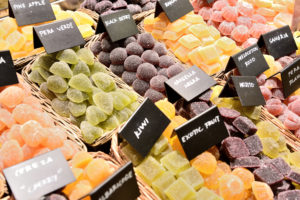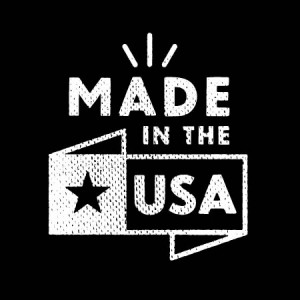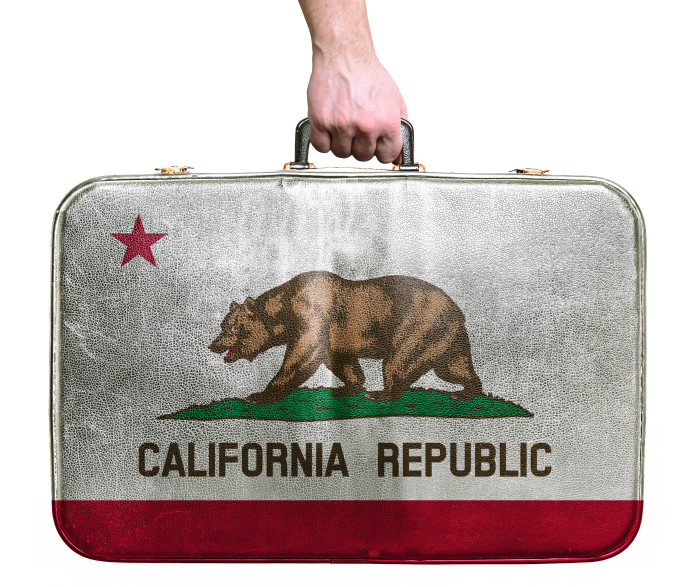** Plaintiffs in a Putative Class Action Successfully Rely on Internet Articles on Homeopathy to Support Their Falsity Claims **
By: Brent E. Johnson

One of the few dependable defenses on which nutritional supplement/homeopathic drug makers facing consumer class actions can rely is that false advertising claims cannot rest on an allegation that the advertising lacks substantiation . In the ground-breaking case of Nat’l Council Against Health Fraud, Inc. v. King Bio. Pharm., Inc., 107 Cal. App. 4th 1336 (2003), the California Court of Appeals held that it is not enough for a plaintiff to allege that the defendant’s products were ineffective because there is “no scientific basis for [their] efficacy.” Id. at 1340-41. In King Bio. Pharm, the plaintiff advocated that the defendant should bear the burden of proving its homeopathic remedies worked. The California Court of Appeal disagreed, finding that — while regulatory agencies are legally authorized to demand substantiation — private parties are not, id. at 1345. This is an eminently reasonable decision — otherwise, the plaintiffs’ bar would bring “ready, shoot, aim” lawsuits.
The question arises, of course, as to what level of “proof” is necessary for a putative class representative to sustain a claim of false advertising/labeling. Must plaintiff’s counsel hire experts to perform double blind studies? Or is a literature review all that is necessary? This issue is front and center and may have reached its logical extreme in an important case in the U.S. District Court for the Southern District of California, Hammock et al. v. Nutramarks Inc. et al., case number 3:15-cv-02056 (2015) – a case that implicitly threatens the entire homeopathic medicine industry.
Homeopathy is the brain child of the German alternative physician, Samuel Hahnemann (1755-1843), who has a fabulous monument dedicated to him on Scott Circle in D.C. Hahnemann developed the concept similia similibus curantur – or “like cures like.” The idea is that a disease causes symptoms, and by treating patients with a substance that causes the same symptoms as the disease, the disease can be cured – like cures like. By way of example, homeopathic medicines intended to remedy colds may include onions because onions cause watery eyes and runny noses – the precise symptoms of the common cold.
Dr. Hahnemann, however, did not want his medicines to produce the same symptoms the patient was already suffering from so he created a preparation protocol known as “extreme dilution.” The active ingredient would be diluted with water or alcohol and the container would then be banged against an elastic surface (usually, a leather book) to the point that few of the molecules of the active ingredient remained. In the world of homeopathic medicine, the more diluted the remedy, the higher its potency and more effective it is.
Homeopathic medicine was heralded upon its entry into the United States in 1835, primarily because –unlike traditional medicine of the time – it didn’t kill patients (like mercury tinctures) and wasn’t gross (like leaching). As modern medicine evolved, however, homeopathy came to be branded by the “traditional” medical industry as quackery. Nevertheless, to this day, homeopathic drugs are treated (as opposed to nutritional supplements) by the FDA under Section 201(g)(1) of the Food, Drug and Cosmetic Act.
Which brings us back to the Nutramarks case. In Nutramarks, the plaintiffs allegedly purchased NatraBio® Smoking Withdrawal, Leg Cramps, Restless Legs, Cold and Sinus Nasal Spray, Allergy and Sinus, Children’s Cold and Flu Relief, and Flu Relief homeopathic products. Did the plaintiffs’ lawyers conduct any independent research to determine whether these products were effective prior to filing the lawsuit? Of course not. Did the plaintiffs’ lawyers cite any previously published studies about the challenged products? Nope. Did the plaintiffs’ lawyers cite any research on the efficacy of the ingredients in the products? Nyet. So what did the plaintiffs use to satisfy their plausibility burden under Ashcroft v. Iqbal, 556 U.S. 662, 678 (2009)? Answer: Internet articles challenging homeopathy as a whole.
Nutramarks pushed back on the complaint asserting in a motion to dismiss that relying on internet articles that did not involve its products or the constituents of its products was not enough, citing Murray v. Elations Co., No. 13-CV-02357-BAS WVG, 2014 WL 3849911, at *7 (S.D. Cal. Aug. 4, 2014) (studies “must have a bearing on the truthfulness of the actual representations made by Defendants”). Nutramarks also argued that, because some experts believe that homeopathic remedies are effective, the action must be dismissed under In re GNC Corp., 789 F.3d 505, 516 (4th Cir. 2015), in which the court held that “[i]n order to state a false advertising claim on a theory that representations have been proven to be false, plaintiffs must allege that all reasonable experts in the field agree that the representations are false.”
In Nutramarks, Chief Judge Moskowitz rejected these arguments and denied the motion to dismiss as it pertained to the products’ effectiveness. (The Court dismissed plaintiffs’ claims for injunctive relief and breach of implied warranty.) Judge Moskowitz saw nothing deficient in the plaintiffs’ failure to cite studies relating to defendants’ products or the ingredients in its products: “Although the Complaint only concerns the effectiveness of Defendants’ Products, Plaintiffs are alleging that homeopathy in general is ineffective. Should Plaintiffs prove this allegation later on, Defendants’ Products would likewise be proven to be ineffective.” As to Nutramarks’ “all reasonable experts” argument, the Court distinguished the Fourth Circuit’s opinion in In re GNC Corp. on the basis that In re GNC Corp dealt with false advertising and Nutramarks concerns alleged false labeling. This latter holding is a stretch. Indeed, the plaintiffs didn’t make the argument for it in their opposition — although they cited the same language from In re GNC Corp that Judge Moskowitz relied on.
The language from In re GNC Corp reads, “Our holding today should not be interpreted as insulating manufacturers of nutritional supplements from liability for consumer fraud. A manufacturer may not hold out the opinion of a minority of scientists as if it reflected broad scientific consensus. Nevertheless, we need not decide today whether any of the representations made on the Companies’ products are misleading, because Plaintiffs chose not to include such allegations in the [complaint].” The most important sentence in this dicta is the second because it highlights the precise representation – be it on a print advertisement or on the bottle, itself — that the Fourth Circuit didn’t want its opinion to absolve — a manufacturer falsely claiming that there is broad consensus supporting its health claim when it is really only the opinion of a minority of scientists. This claim appears nowhere on any of Nutramarks’ packaging challenged by the plaintiffs.
In the end, it is clear from the Fourth Circuit’s opinion in In re GNC Corp that the panel was convinced that there really would be an impermissible “battle of the experts” as to the efficacy of glucosamine and chondroitin for joint health if the case were to proceed past the motion to dismiss. The label of one of the challenged products referenced a private study showing the effectiveness of the ingredients. In a footnote, the Court stated (with just a bit of sarcasm), “Although Plaintiffs were free to allege that the study cannot have been conducted in a reasonable or reliable way (because all reasonable experts support the opposite conclusion), they failed to do so. We decline to speculate as to why, if the evidence is as clear and unequivocal as they claim, Plaintiffs exhibited such hesitation.”
Of course, all is not lost for Nutramark or the homeopathic medicine industry in general. Just last year, a California jury returned a verdict in favor of a manufacturer of homeopathic products for, among other things, allergies, leg cramps, migraine headaches and sleeplessness finding that the plaintiffs could not sustain their burden of showing lack of efficacy. Allen et al. v. Hyland’s Inc. et al., 2:12-cv-01150 (Central District).

 We have blogged in the past about some of the “usual suspects” in the consumer class action line-up – particularly for food, beverage, cosmetics and related industries – for example, the
We have blogged in the past about some of the “usual suspects” in the consumer class action line-up – particularly for food, beverage, cosmetics and related industries – for example, the 




